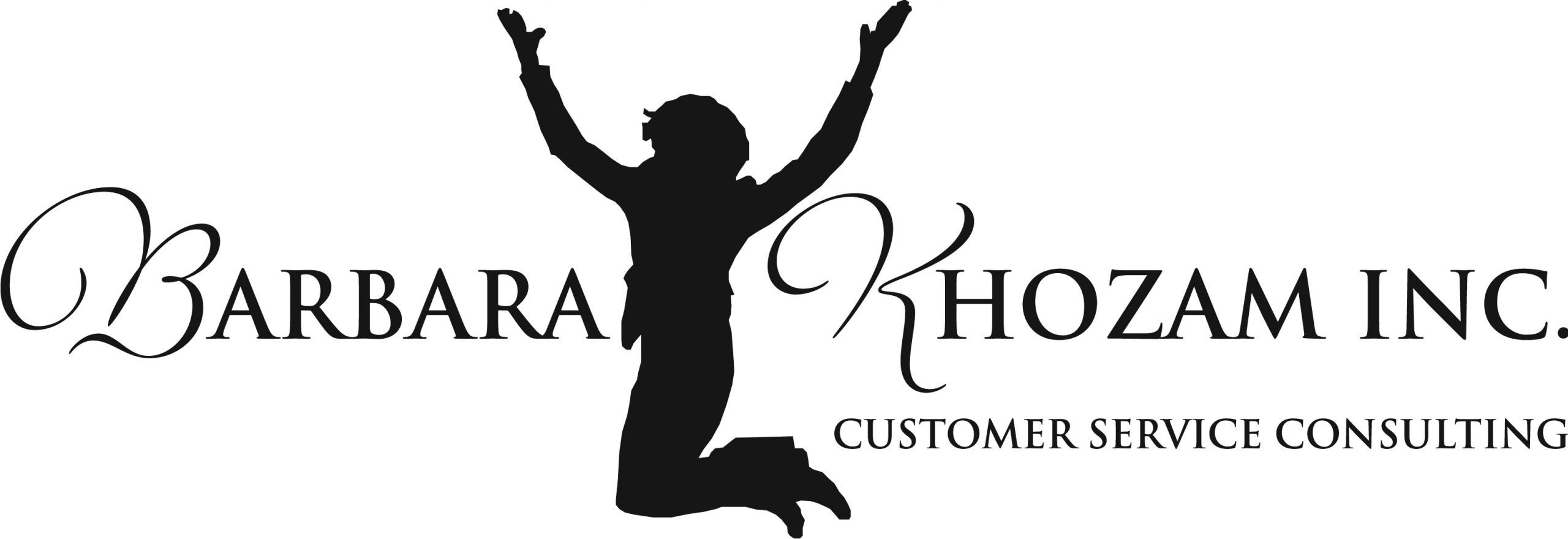Most people know that praise and recognition are good for business. It improves employee satisfaction, customer satisfaction and business profitability. But do most people know by how much? According to The Carrot Principle companies that recognize employees see a 3 times increase in profitability than companies that do not. One company, Avis Rental car, saw a 10 times increase in profits after implementing a recognition program. In addition, the book states that a 5% increase in employee loyalty can increase profits 50%. However, 88% of employees cite “lack of acknowledgment” as their top work issue.
Why the discrepancy? Let’s examine the top 5 surefire ways to ruin praise (and strategies that turn it around!)
1. Combining praise with criticism.
Negative Ned says “You did such a great job on that project, BUT you still have a lot to learn.”
Here’s the problem with that statement: everything before “but” is forgotten and all the person hears is the criticism.
Strategy: Positive Paul says “Separate the praise from the criticism – do them at different times.”
2. Be generic.
For example, simply saying “Good job” is a vague statement and is sure to leave them wondering if they are really being appreciated.
Strategy: Be Specific – include dates, times, quotations – whatever details you have, use them. For example, “Judy, thank you so much for turning your report in two days early. Because you did that, I was able to send it to the customer early and we just saved 10%. Way to go Judy!” Can you see the difference?
3. Do it once a year.
Negative Ned thinks “Let’s just wait until the yearly award banquet to recognize our employees that will motivate them, right?” The problem is that when we don’t praise as close to the action as possible, the praise loses the impact – for the employee.
Strategy: Positive Paul tell us that according to Gallup Research, and as stated The Carrot Principle, most people need to receive some form of recognition every SEVEN days! Of course, you don’t have to give a BMW every day, but the praise does need to be specific. A simple thank you card goes a long way.
4. Praise in private
Negative Ned says “Just send them a quick email and get on with your day.”
Strategy: Positive Paul says “Most people thrive on public recognition. Here are at least three benefits:
1. It makes the receiving employee feel valued and important.
2. Others learn what behaviors get rewarded and are more likely to copy that behavior – creating a ripple effect.
3. It builds trust between the manager and employee and amongst team members.”
5. Joke around about it.
Negative Ned’s philosophy: Practical jokes builds rapport. So, it’s ok to say “Hey everyone, let’s give John a round of applause – he didn’t screw up this week!”
Strategy: Positive Paul’s philosophy: Praise and recognition are serious actions and require a professional and serious tone. To make sure your praise is effective, be genuine, prepared and professional.
So, you see, these steps are simple, yet effective. Now go out there and start praising people.
(Wondering about Negative Ned and Positive Paul? Find out more by clicking this link.)
